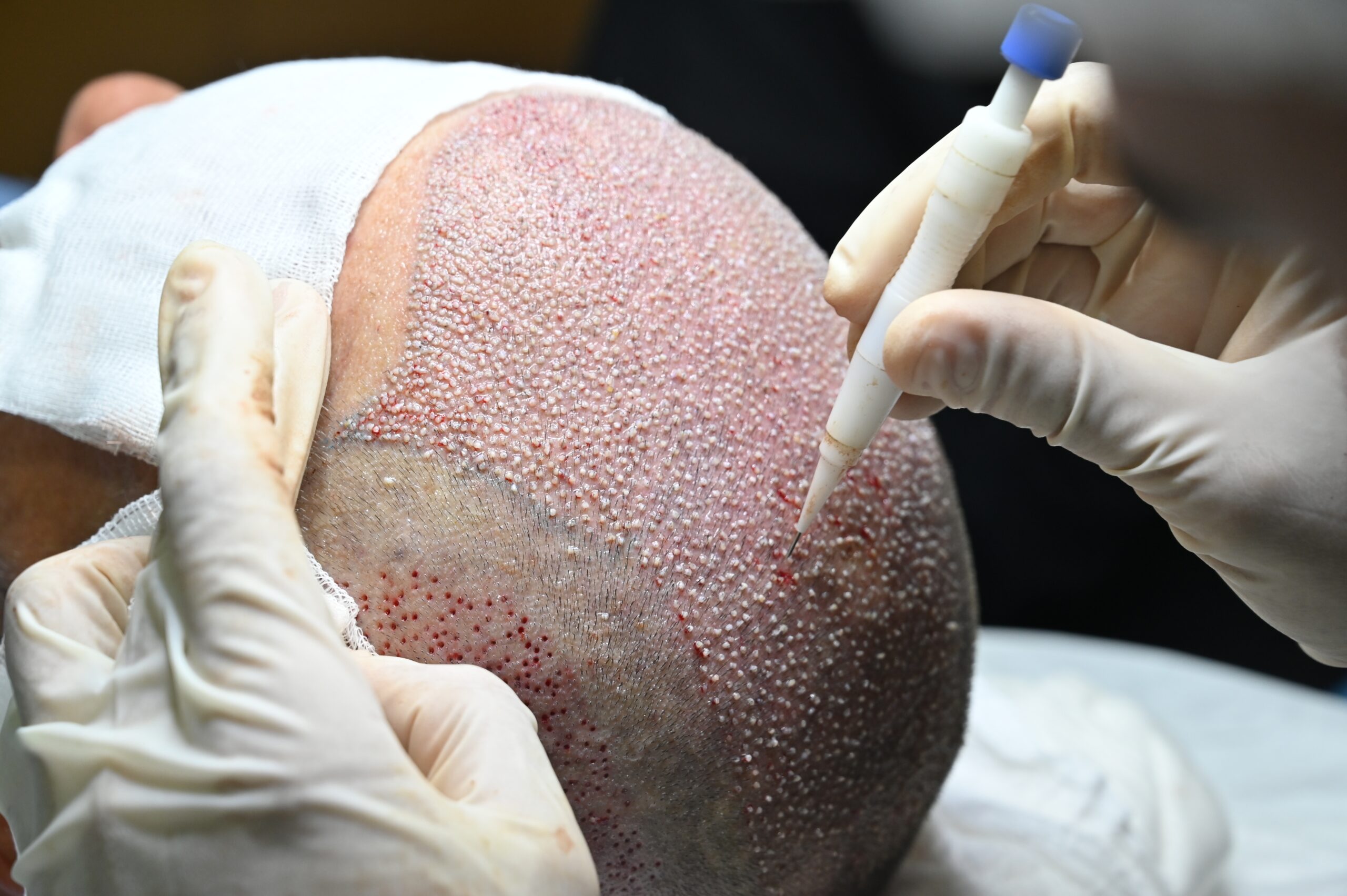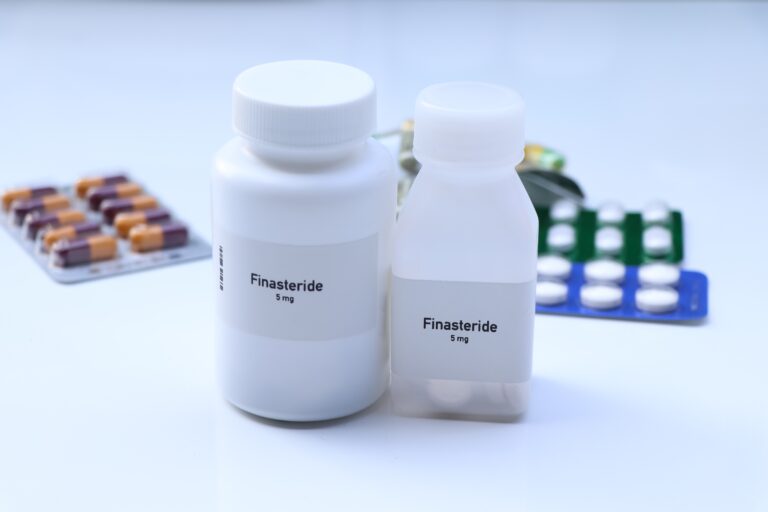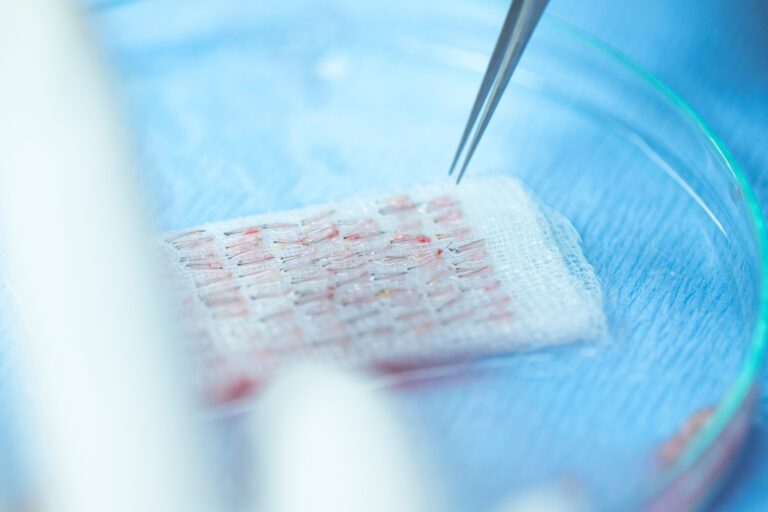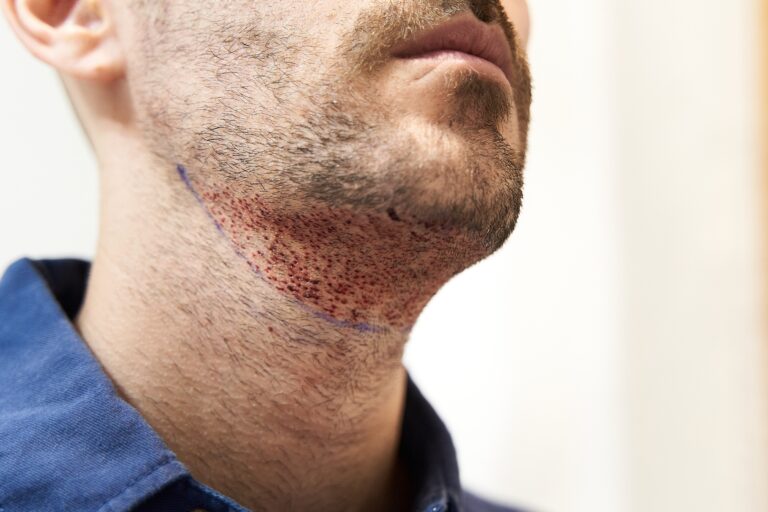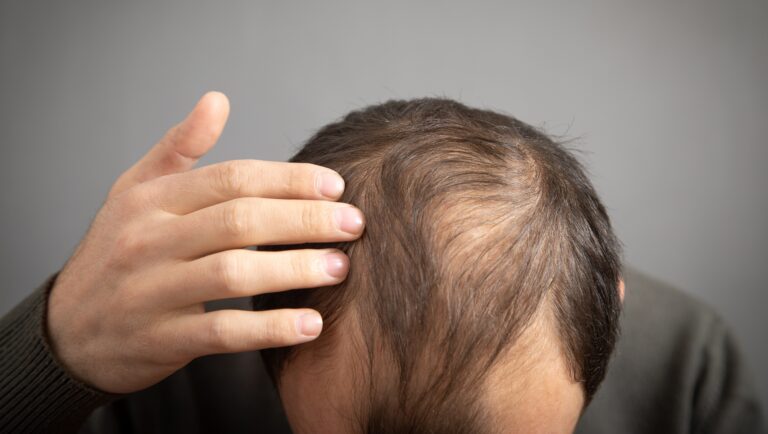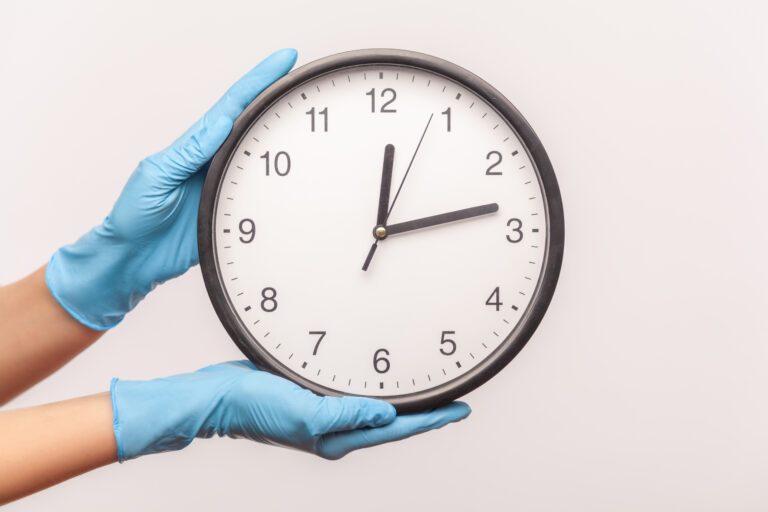What Is a DHI Hair Transplant & Is It Better Than FUE?
DHI hair transplants are one of the latest, safest, and most effective treatments for individuals experiencing hair loss. Patients favor this high-tech procedure due to its precise, painless, and natural-looking results.
If you’re not too familiar with the different methods of hair transplantation, you might wonder what sets this technique apart from other treatments on the market. Is DHI any better than traditional FUE? If so, how?
In this guide, we’ll discuss the procedure of DHI hair transplants on scalps, eyebrows, and beards. We’ll also tackle this top-performing treatment’s associated costs, expected results, and advantages.
If you’re ready to get on the path to permanent hair restoration, keep scrolling!
What Is DHI Hair Transplant?
Direct Hair Implantation (DHI) is a modern and highly advanced method of hair transplantation that uses a specialized pen tool. This technique involves directly implanting hair grafts into your scalp without requiring manually performed incisions.
DHI is a modified version of the Follicular Unit Extraction (FUE) method of hair transplantation. During FUE, your surgeon will take individual hair grafts from your scalp and transfer them to balding areas. This method is popular for its genuine-looking result with minimal scars involved.
Meanwhile, another primary method of hair restoration is Follicular Unit Transplantation (FUT). FUT is also called the “strip method” because it involves taking a length of tissue from your scalp to prepare hair grafts. One disadvantage of FUT is that it leaves behind a linear scar.
Hair transplant surgeries, such as DHI, are suitable for individuals with the following conditions:
- Androgenic alopecia, a.k.a. male or female pattern baldness
- Alopecia areata, an autoimmune illness affecting the hair follicles
- Scalp burns
- Traumatic head injuries
- Hormonal imbalances causing severe hair loss
- Thyroid-related diseases
DHI Transplant Procedure
A DHI procedure usually takes around six to seven hours, depending on the number of transferred hair grafts. This treatment only requires one session but delivers permanent and long-lasting results. Facilities don’t require hospitalization for DHI surgeries.
Your surgeon will administer local anesthesia for a relatively painless procedure. Sedation and postoperative medications can help you manage any discomfort or mild pain as well.
A standard DHI transplant generally involves the following steps:
1. Hair Follicle Extraction
Using a designated tool with a diameter of 1mm or less, your surgeon will begin to extract the hair follicles one by one. The tool carefully separates the follicles from the surrounding tissue.
Take note that the follicles must be kept at a controlled temperature in a specially formulated solution. This ensures the optimal development and survival of the hair grafts.
2. Hair Follicle Implantation
Next, your surgeon will meticulously load and position the hair follicles into a patented tool called the DHI Implanter or the Choi Implanter Pen. This tool simultaneously creates the recipient sites and implants the hair follicles.
The Choi needle that’s used in the implantation effectively pushes the hair follicles into the scalp, causing them to remain there permanently. An angle of 40 to 45 degrees is ideal for hair transplantation. The implant should also follow the natural direction of the hair.
The tip size of the implanter pen may vary depending on your hair’s root size and thickness. On average, surgeons use around 2–6 pens and 15–16 sharp tips in every operation.
After the treatment, your surgeon will bandage your scalp and advise you on several important aftercare procedures. Your scalp will likely experience tenderness and sensitivity for the first 3–15 days.
Depending on the advice of your surgeon, you may be able to resume work and regular activities within one week.
DHI Transplant Procedure for Eyebrows and Beards
DHI transplants are not only performed on the scalp—they’re suitable for eyebrow transplantation as well. This specific procedure is an option for patients with thinning eyebrows. Your surgeon will use local anesthesia to make this procedure pain-free as well.
Before the transplant, your surgeon will usually take note of any aesthetic concerns you might have about your brows. Your surgeon will consider the issues or existing conditions affecting the health of your eyebrows, too. The procedure is similar to DHI transplants done on the scalp.
Beard or mustache transplants via DHI utilize healthy hair grafts from the back of the head, specifically behind the ear.
For best results, your surgeon will follow the natural direction of your beard’s hair growth. There are minimal differences between this procedure and the DHI transplants performed on the scalp and eyebrows.
DHI Hair Transplant Before and After
Before a DHI hair transplant, patients often suffer from excessive hair fall, bald spots, and prematurely receding hairlines. Typical male pattern baldness manifests in the hairline moving backward and slowly forming an “M.”
This condition is often accompanied by an expanding round portion on the back of the head where the hair becomes thinner and shorter. On the other hand, females’ hair becomes finer, especially on the top and crown of the scalp. A “Christmas tree” pattern of hair loss appears.
Meanwhile, a month after the DHI procedure, you can expect to see new hair growth. This will stop for a short period and will resume three to four months after the treatment. You’ll observe a visibly fuller and healthier scalp in six months, while complete results often appear in one year.
DHI hair transplants have a success rate of 97%. Patients often report aesthetic, natural-looking, and impressive overall outcomes from this procedure.
FUE vs DHI Procedure
Unlike DHI hair transplants, the traditional FUE method involves manually creating holes or slits in your scalp using micro blades. This process occurs before the surgeon implants the grafts by hand.
Meanwhile, a DHI Implanter Pen allows the surgeon to incise and implant simultaneously. This procedure is better due to the increased control, precision, and uniformity of the direction, angling, and depth of hair.
Compared to the traditional FUE method, DHI transplants result in less bleeding and faster recovery due to the reduced incision area. Another advantage of this procedure is that it doesn’t require complete shaving of the entire head, unlike FUE.
Additionally, the survival rate of hair grafts is higher in DHI transplants. This is because extracted hair follicles remain out of the scalp for a shorter amount of time. This technique also allows for denser transplants in the narrower areas of the scalp.
Despite the numerous advantages of DHI transplants over traditional FUE, some patients still prefer the latter treatment in certain cases. This is because the FUE method can cover larger scalp surface areas and require fewer sessions than DHI transplants.
DHI Hair Transplant Cost
A DHI hair transplant can cost around $3,250 to $13,500. Factors such as the clinic’s location, your surgeon’s professional fees, and the number of implants greatly affect the total price of this treatment.
Your personal hair structure, expected results, medication, and aftercare products can add to the expenses as well. If you’re traveling to a certain state or country to get the transplant, remember to factor in your travel and lodging costs.
Note that a DHI hair transplant is a cosmetic surgery that’s done mainly for aesthetic purposes. Hence, the likelihood of your insurance plan covering this treatment is low.
Wrapping Up
A DHI hair transplant is one of the world’s top treatments for hair loss sufferers. The efficiency of this technique ensures that the transplanted hair follicles are healthy, strong, and productive.
Compared to traditional FUE hair transplantation, patients experience faster recovery times, less scalp damage, and little to no need for shaving with DHI. Surgeons also benefit from this procedure by delivering more precise, consistent, and effective results.
If you’re considering getting this surgery to address your hair loss issues, evaluate your donor hair’s density, diameter, and overall health to see if you’re a good fit. Thoroughly understand the side effects, risks, and possible complications, too, before committing to this procedure.

